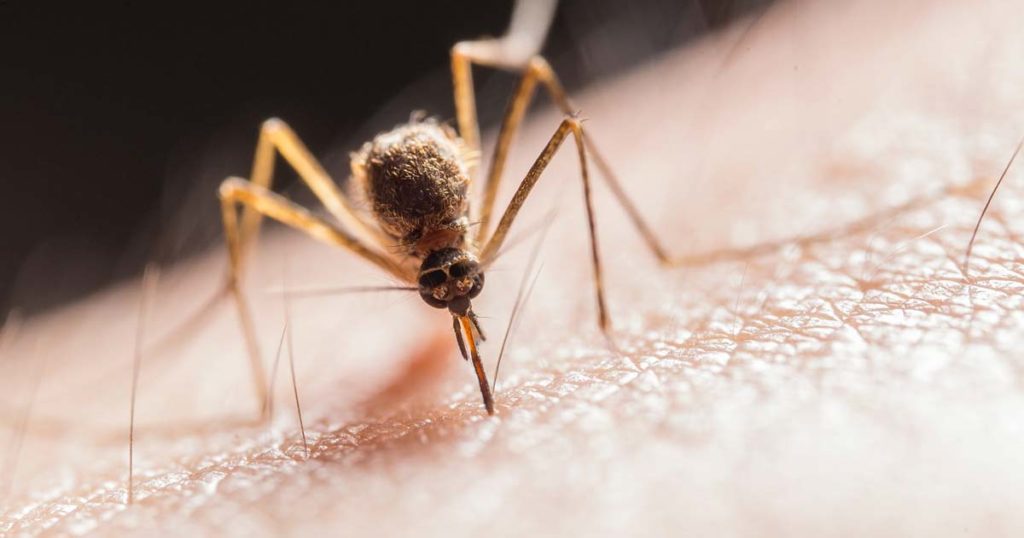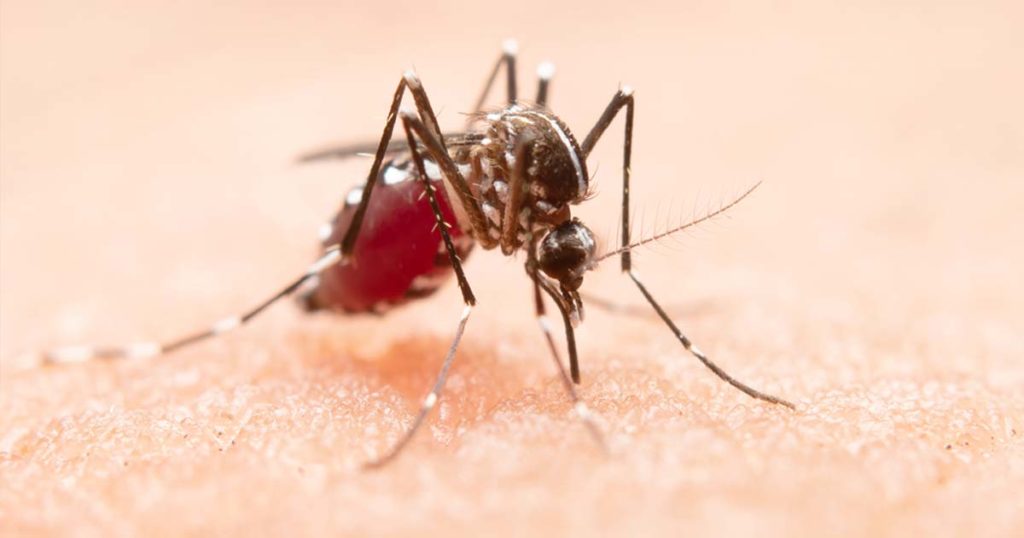Cosmetic breast surgery, whether breast implants, breast lift, or breast reduction, may interfere with breastfeeding. Should breast surgery be delayed?
According to the American Society of Plastic Surgeons, 474,998 women underwent cosmetic breast surgery in 2009, including breast augmentation, breast implant removal, breast reductions, and breast lifts. All of these surgeries may cause problems for new mothers when it comes time to breastfeed. This should be considered carefully by women anticipating future motherhood and contemplating elective surgery. The importance of breastfeeding on the health of both mother and child is supported by the policy statement issued by the American Academy of Pediatrics on the subject.
Breast Implants and Breastfeeding
The most common breastfeeding problem for women with implants is inadequate milk production. This is experienced three times as frequently in women with implants than those without, as there is little room for milk production when glands and ducts are under compression from an implant that has no give. Feelings of engorgement and nipple sensitivity may also discourage these mothers from continuing to breastfeed long enough to reach full production capabilities.
Inadequate milk production may also result from damage to nerves or milk ducts. When breastfeeding, a woman’s body transmits signals from the nerves in her nipples to her brain, triggering the release of hormones for milk production. If the nerves are damaged, this signal may not be received. If the signal is received, damage to milk ducts can result in milk being trapped in the breast and unable to release at the nipple. Either way, the suckling infant will not receive adequate nourishment from the breast and will need to receive supplemental formula.
Women can reduce the risk of nerve and/or milk duct damage by opting for an incision under the breast, through the armpit or even though the belly button (trans-umbilical). Incisions at the nipple are more likely to damage critical tissues. The best way to avoid potential problems, however, is to delay surgery until after childbearing.
Breast Reduction and Breastfeeding
Women who undergo breast reduction seek to reduce the volume of their breast tissue. When a future pregnancy is planned, it is important not to “reduce” the tissues necessary for milk production. The ability to breastfeed after breast reduction depends greatly on the procedure performed. In the U.S. the most common procedures are pedicle procedures that keep the nerves and critical tissues attached to the areola and preserve function and sensation of the nipple. However, the same risks for nerve and duct damage that can occur with breast implants can also occur with breast reduction.
Breast Lifts and Breastfeeding
Ironically, the cosmetic procedure least likely to impede breastfeeding is the one least likely to be performed in women prior to childbearing. Breast lifts are generally performed on older women with children who are trying to reverse the effects of aging (and gravity) on their breasts. Since a breast lift involves only the removal of skin, it is unlikely to cause damage to nerves or milk ducts. However, if a woman has a lift within conjunction with implants, she will have the same risks as a woman who underwent breast augmentation.
Any breast surgery can result in breastfeeding difficulties and those risks should be discussed prior to surgery. Breastfeeding is a primary function of the breasts and the best nourishment a newborn infant can receive which should be considered when weighing the risks and benefits of an elective procedure. There are no guarantees with any surgery, and even common complications such as scar tissue or contracture can interfere with breast sensation and function.
References:
- Physician’s Desk Reference: Breastfeeding and Breast Implants
- Breastfeeding after Breast and Nipple Surgeries
- American Society of Plastic Surgeons: Quick Facts






